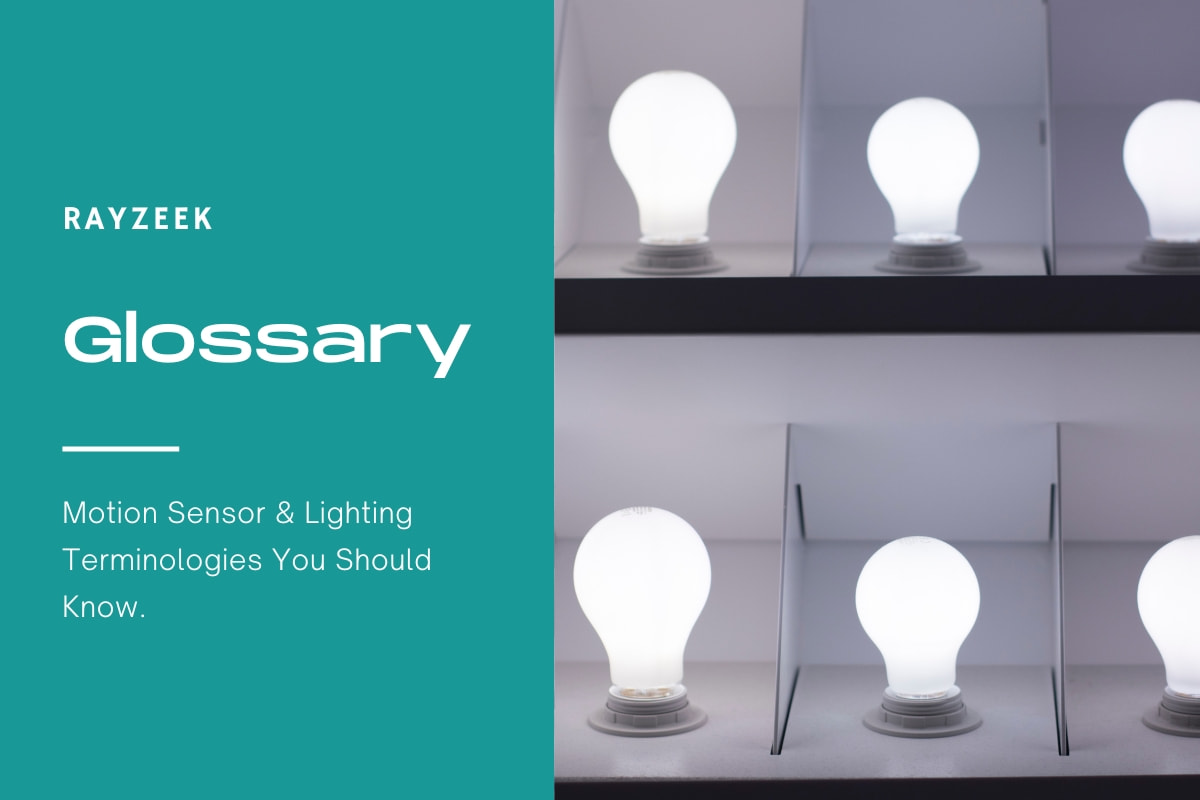What is Cutoff Angle
The cutoff angle is the angle between the vertical axis of a luminaire (light fixture) and the line of sight of the illuminant (light source) where high brightness is not visible. It is a parameter used to control glare and improve visual comfort in various lighting applications.
Looking For Motion-Activated Energy-Saving Solutions?
Contact us for complete PIR motion sensors, motion-activated energy-saving products, motion sensor switches, and Occupancy/Vacancy commercial solutions.
The cutoff angle determines the extent to which light is directed downwards and prevents it from being emitted above a certain angle. By restricting the upward distribution of light, the cutoff angle helps to minimize glare and improve visual comfort for pedestrians and drivers.
The cutoff angle is the angle between the vertical axis of the luminaire and the line of sight of the illuminant where high brightness is not visible. This means that the cutoff angle defines the boundary beyond which the light emitted by the luminaire is not visible or is significantly reduced in intensity. Different cutoff angles are used depending on the specific lighting requirements. For example, in rooms with lower ceilings, a cutoff angle of 30 degrees is commonly used. This angle provides relatively high vertical illumination and helps to distribute the light in a way that overlaps between the beams. As a result, the proportion of illumination on the vertical plane is higher.
Get Inspired by Rayzeek Motion Sensor Portfolios.
Doesn't find what you want? Don't worry. There are always alternate ways to solve your problems. Maybe one of our portfolios can help.
On the other hand, in high-demand visual environments, lamps with larger cutoff angles, such as 50 degrees, are often used. A 50-degree cutoff angle is narrower than a 30-degree cutoff angle, resulting in a higher horizontal illumination ratio compared to vertical illumination. This can make the ceiling appear darker while providing focused light and reducing stray light.









